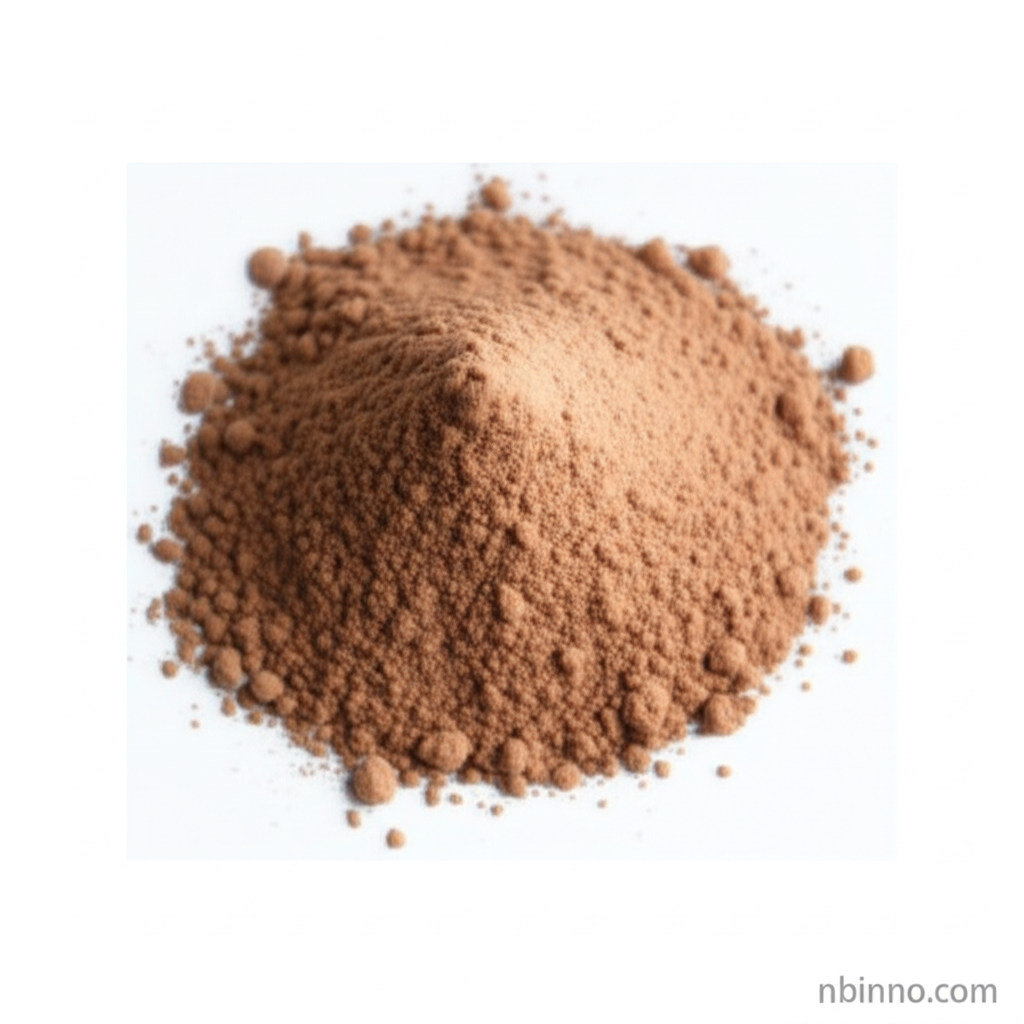5-Aminopyridine-2-carboxylic Acid: A Versatile Intermediate for Pharmaceutical and Material Synthesis
Explore the synthesis, properties, and diverse applications of this key heterocyclic compound in modern chemistry.
Get a Quote & SampleProduct Core Value

5-Aminopyridine-2-carboxylic acid
This compound serves as a crucial building block in organic synthesis, enabling the creation of complex chemical entities for pharmaceuticals and advanced materials.
- Leverage the properties of 5-aminopyridine-2-carboxylic acid in your pharmaceutical development projects, particularly for agents targeting inflammation and infectious diseases.
- Utilize this compound as a building block in complex organic syntheses to facilitate the creation of diverse chemical entities.
- Explore its role in catalytic reactions, enhancing reaction selectivity and efficiency for better outcomes.
- Discover its ability to coordinate with metal ions, critical for developing advanced metal-organic frameworks synthesis.
Key Advantages
Versatile Reactivity
The presence of both amino and carboxylic acid groups on the pyridine ring offers a wide range of chemical transformations, making it ideal for building blocks for organic synthesis.
Pharmaceutical Precursor
Its structure makes it an excellent precursor for synthesizing various pharmaceutical agents, including those with potential pharmaceutical intermediates with anticancer activity.
Material Science Applications
This compound is integral to creating novel materials, such as coordination polymers with luminescent properties, opening doors for advanced material applications.
Key Applications
Pharmaceutical Development
Serves as a precursor for synthesizing various pharmaceutical agents, particularly those targeting inflammation and infectious diseases, vital for advancing heterocyclic chemistry applications.
Organic Synthesis
The compound is utilized as a building block in complex organic syntheses, facilitating the creation of diverse chemical entities, crucial for organic synthesis building blocks.
Coordination Chemistry
Due to its ability to coordinate with metal ions, it finds use in developing metal-organic frameworks synthesis and catalysts.
Material Science
Plays a role in creating materials with unique properties, such as luminescent coordination polymers, supporting advanced material precursors.
